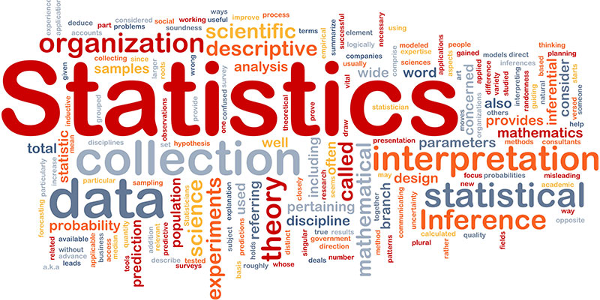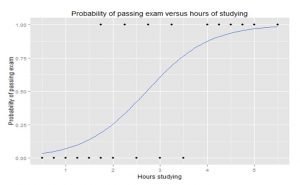Statistics are basically a single measure of some attribute of a sample. It is used by several people and organizations to make inferences and predict a certain aspect of a phenomenon. Because it is already available, statistics are less costly as the compilation and comparisons have already been done by someone else. Below are some of the pros and cons of statistics.
Pros:
1. Less time consuming: Because it is secondary data it is usually cheap and is less time consuming because someone else has compiled it.
2. Patterns and correlations are clear and visible: Statistical data is data that has already been analyzed and therefore the patterns and correlations have already been done and are clear and visible.
3. Taken from large samples so the generalizability is high: Statistical data is data that has been gathered from very large data samples. This means that the generalization is higher.
4. Can be used and re-used to check different variables: Statistical data is data that can be used and reused. It does not require one time used as the same data can be used to make a different decision.
5. Can be imitated: Statistical data can be imitated to check changes that increase the reliability and representativeness of the data.
6. Fast: Statistical data is data that can be analyzed relatively quickly and with much ease as compared to other forms of data.
Standardization: Statistical information is collected in a standardized way which gives the data meaning.
7. Straight forward: Statistical data is usually straightforward to analyze. It is data that has already been synthesized and therefore very little analysis is required.
8. Reliable: They are often required and respected by decision-makers within the institution and beyond eg funders, government. This makes them reliable and accurate.
9. Quality data: They support qualitative data obtained from questionnaires, interviews, etc with ‘hard facts.
10. Benchmarking: Statistical data is useful for benchmarking purposes. They can be used to make comparisons and set new standards and targets within the organization or in a project.
Cons:
1. Unverified: The researcher cannot check the validity and can’t find a mechanism for a causation theory only drawing patterns and correlations from the data. This means the researcher has limited options to verify the validity and authenticity of the data.
2. Can be misinterpreted: Statistical data is often secondary data which means that it can be easily be misinterpreted. This leaves the researcher vulnerable to distortion of information without the ability to make confirmations.
3. It can be manipulated: Statistical data is open to abuse it can be manipulated and phrased to show the point the researcher wants to show. This makes the data wanting in objectivity and more subjective in nature.
4. Because this is often secondary data it is hard to access and check: Statistical data is mostly secondary data that can only be accessed. It may be quite difficult to check and verify the data because the primary source of the data is unavailable.
5. It is not appropriate: Statistical data is not an appropriate method to understand issues in great depth and identify ways to solve the problems highlighted. This is because the data is collected from primary sources by an independent researcher.
6. Not ideal for evaluation: They are not suitable to evaluate user opinions, needs or satisfaction with services because they are subjective. The researcher cannot rely on statistics to measure the happiness or satisfaction of the client.
7. It is time-consuming: It may be time-consuming to arrange methods of data collection eg contact vendors, liaising with IT departments. This is because the data collection methods used in the primary research depend on the subjective perspective of the researcher.
8. Performance management: Statistical data cannot be used to measure performance management in an organization because it is outdated.
9. Decision-making: While statistical data can be used to make future inferences, it cannot be relied upon to make decisions in an organizational setting.
10. Comparison: Statistical data cannot be used to make comparisons with current data or future data because the methods of data collection and data analysis may not be known.



